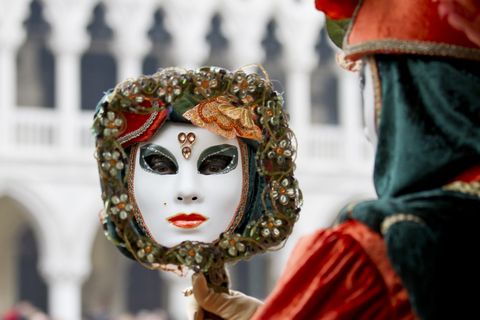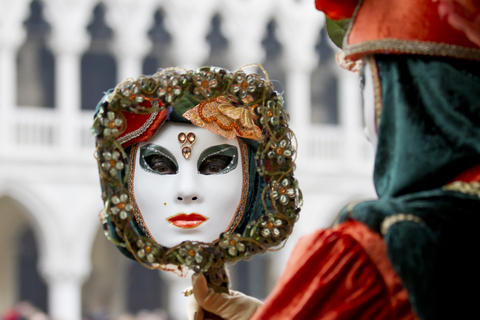 In last week’s post, Meditation and Compassion, Part I: The Man in the Mirror, we discussed the need to examine ourselves and the nature of who we call the “self” as a means to entering into an understanding of the relationship between meditation and compassion.
In last week’s post, Meditation and Compassion, Part I: The Man in the Mirror, we discussed the need to examine ourselves and the nature of who we call the “self” as a means to entering into an understanding of the relationship between meditation and compassion.
This week we’ll continue with that theme and “get real” with ourselves as a means to engaging in our most compassionate nature.
What does “getting real” mean to you? Does it mean getting honest? I know that sometimes when someone says “get real,” I think of honesty…to the point of being “brutally” honest. But, what if it means something completely different?
To get real could mean to get in touch with the inherently compassionate part of who we are. In the last post we talked about the “I” or “me” who we find in meditation and how that sense of “self” can become less rigid, almost thinner, when we meditate on the transitory nature of our thoughts, emotions and sensations (the things that we usually identify as “I.”)
This seeing beyond the projection or illusion of who we think we are could be said to be “getting real” with who we are. In this case, real means that as we meditate we connect with some “one” more genuine, some “one” more real. (we’ll discuss this “one” more as we progress in these posts.)
Seeing ourselves reflected in a mirror, for example, can confront us with who we believe ourselves to be and how false that “self” can be. Learning to be compassionate with ourselves involves getting real with ourselves, realizing – compassionately – that who we see ourselves to be is based to a great extent on what we think, what we do, and how we feel. BUT – is that who we really are?
The question of who we are can sound very esoteric, very “woo woo,” very “new agey.” In fact, since humans began to think and to reflect upon consciousness, there’s been the quest of defining who the “I” or “me” is. Meditation brings us to a space within our mind where the loose associations that we have of ourselves, our thoughts, feelings and emotions, can have less of a bearing on our definition of self. What that leaves us with is a deeper appreciation of who we are when we aren’t distracted by thoughts, emotions or sensations.
When we’re somewhat free of our thoughts, feelings and emotions, we begin to have compassion for ourselves in our patterns of getting lost in our thoughts, and we begin to gain some appreciation for ourselves…even when we’re standing knee-deep in the cesspool of our own limitations. As we gain appreciation and compassion for ourselves during these times, we naturally begin to feel the same for others, realizing that everyone is bound by and limited by their false sense of self.
——————————————————————————————————————————————————————-
As always, please feel free to share your comments. Let me and others know whether you find this post helpful. And, as always, please feel free to contact me if you’d like to see additional content or other discussions on this site. For more information on how to meditate, exercises in working with the breath, and other nifty stuff, please see the Related Posts below.
Also, don’t forget to download the free ebook, Can Meditation Change the Way that You View Your World?, for help with getting started in you meditation practice. Also, you can download the ebook, How to Work with the Four Distractions to Meditation.
Also, please check out the blog drop-down menu for compassion in the navigation bar at the top of this page.



[…] Getting Real […]